Top 4 Most Important Things to Know Before Buying Drip Irrigation for Your Home Garden
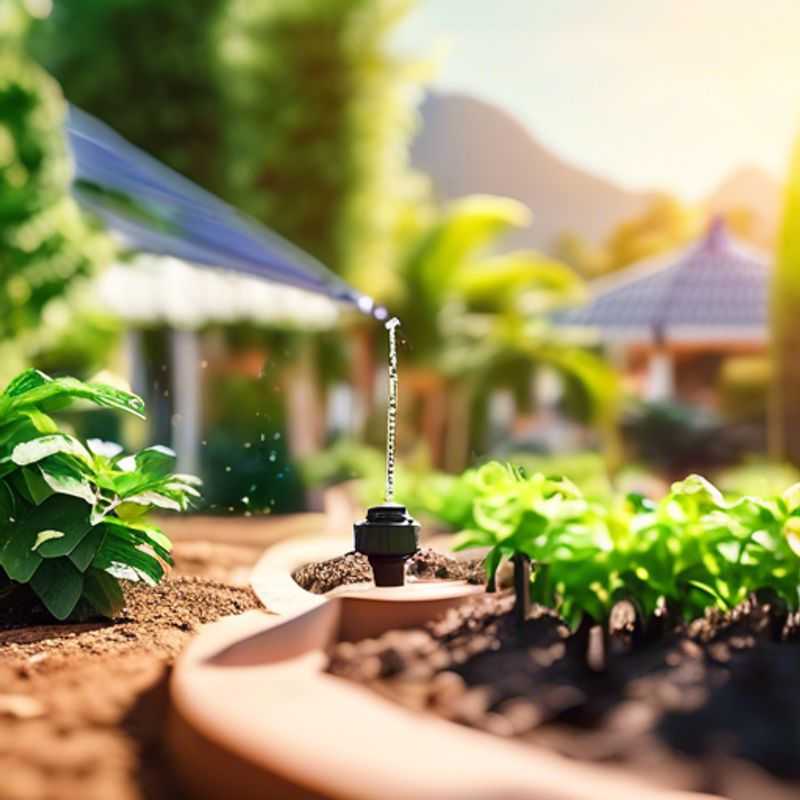
Understand Your Garden's Water Needs
Plan the Layout and Placement
Maintain and Inspect Your System
Research and Select High-Quality Components
Drip irrigation is a fantastic way to conserve water and create a lush, thriving garden. But before you dive into the world of drippers and emitters, there are some crucial things you need to know to ensure your system is efficient and effective. Let's dive into the top 4 things you should consider before buying drip irrigation for your home garden:
1. Understand your gardens water needs and choose the right drip irrigation system accordingly. Different plants have different thirst levels. A cactus will need a lot less water than a tomato plant.
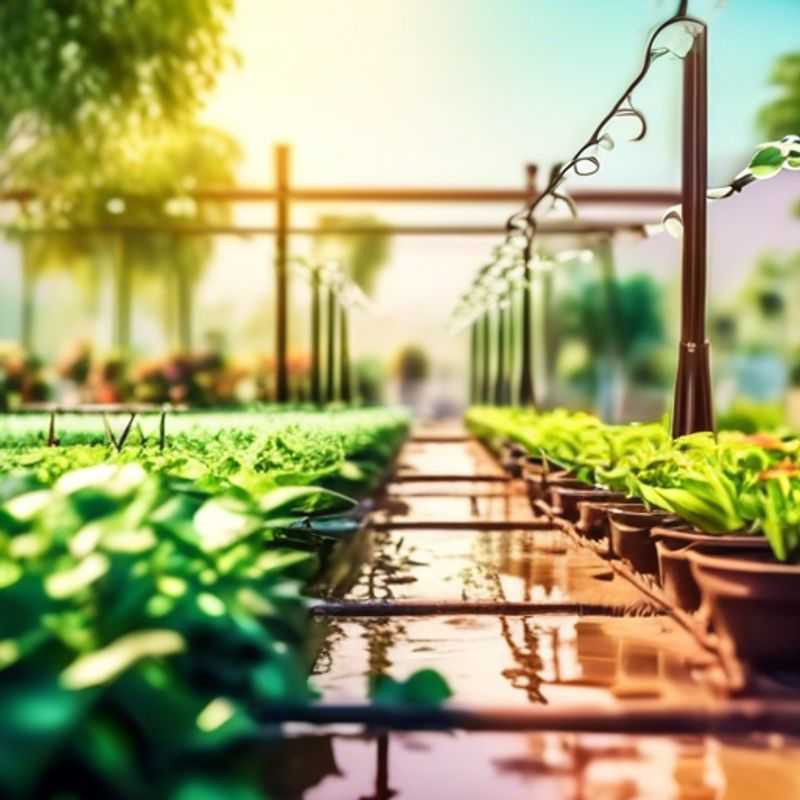
Watering Wisely: Matching Your Garden's Needs to the Perfect Drip Irrigation System
Drip irrigation is a water-efficient way to water your garden. It delivers water directly to the roots of plants, minimizing waste and evaporation. But choosing the right system for your garden requires understanding your plants’ water needs. Consider your climate, soil type, and the specific water requirements of your plants.
Once you know your garden's water needs, you can choose a drip irrigation system that meets them. There are two main types:Emitter systems use small drippers or emitters attached to tubing that delivers water slowly and directly to the plant roots. Micro-sprinkler systems use small spray heads that deliver water to a larger area around the plant.
Emitter systems are best for small gardens or individual plants. They are also great for areas with a lot of root competition or where water needs to be applied close to the base of the plant. Micro-sprinkler systems are best for larger areas or when you need to water a wide range of plants. They can also be used for areas that require heavier watering.
When choosing a drip irrigation system,consider factors such as: cost, ease of installation, water pressure, and the type of tubing. You will also need to determine the amount of water needed per plant and select an appropriate system that can deliver that amount. Look for systems that are easy to install and maintain. Make sure the system is compatible with your garden's water pressure. You can also choose a system with features like timer settings or a water pressure regulator for greater control.
Drip irrigation is a great way to conserve water and ensure your plants receive the water they need. By carefully considering your garden's water needs, you can select the right system that meets your requirements and delivers optimal results.
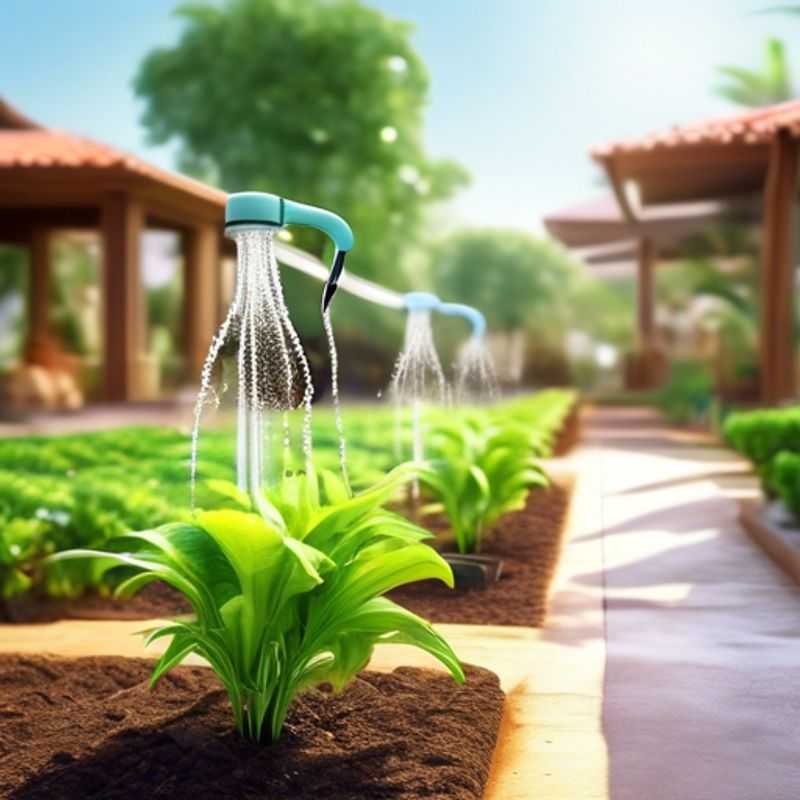
Drip Irrigation Design: Optimizing Layout and Component Placement for Efficiency
Drip irrigation, a water-efficient method, requires careful planning to optimize its efficiency. You need to lay out the components strategically to ensure water reaches your plants effectively. This guide offers essential tips for planning a successful drip irrigation system.
Start with a Design: Before you start installing the drip irrigation system, take the time to map out your plan. Consider the location of each plant, the layout of your garden, and the type of soil you have. This will help you determine the ideal positioning of the components, making sure all plants have access to water.
Choose the Right Components: Selecting the right components for your drip irrigation system is vital. This means choosing the appropriate drip emitters and tubing for your specific plants. The emitters should distribute water evenly across your plants and deliver the amount of water each plant needs.
Place the Emitters Correctly: The placement of emitters can significantly impact the effectiveness of your system. Position them close to plant roots, ensuring each plant gets the right amount of water. It's essential to choose the correct emitters for different plants, as they have varying water needs.
Maintain Uniform Water Pressure: A uniform water pressure throughout the system ensures that all plants receive adequate water. To achieve this, you may need to install pressure regulators, which help maintain a consistent flow of water throughout the drip lines.
Consider Soil Type: Soil type impacts how water travels, so it's crucial to take it into account. Sandy soils, for example, drain quickly, requiring different emitter configurations compared to clay soils.
Check for Leaks: Once your system is installed, test for any leaks. This ensures your system operates efficiently, avoiding water waste and ensuring your plants receive the necessary water.
Monitor and Adjust: Regularly monitor the system for any issues. This could include checking the water pressure, the operation of emitters, and the overall health of your plants.
By following these tips, you can efficiently plan the layout and placement of your drip irrigation components, maximizing your system's effectiveness and ensuring your plants thrive.
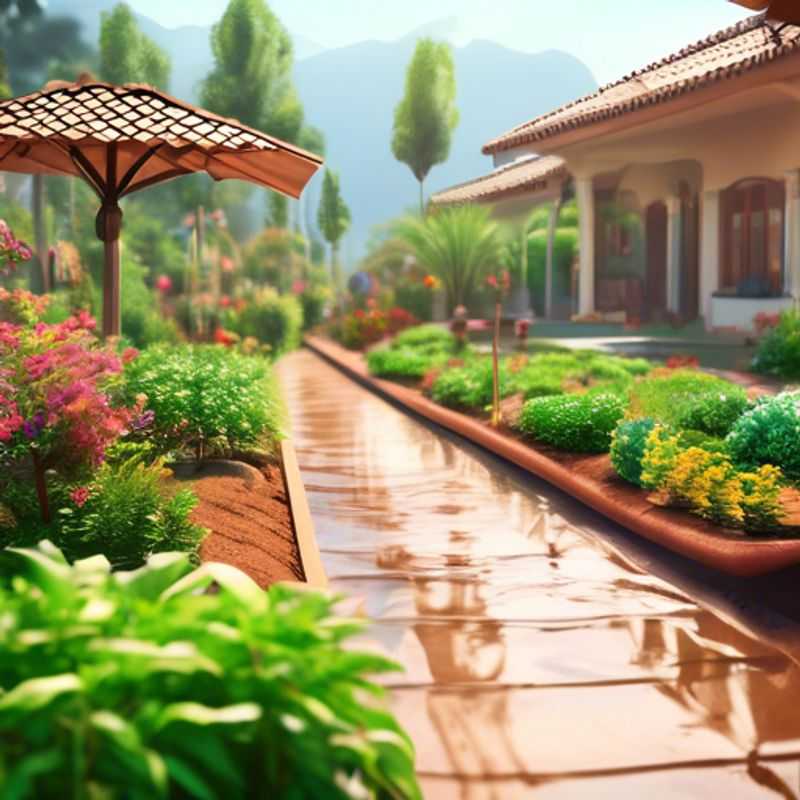
Keeping Your System Healthy: Regular Maintenance and Inspection
Regular maintenance and inspection are crucial for ensuring the smooth and efficient operation of any system. It involves a series of activities designed to identify and address potential issues before they escalate into major problems. This proactive approach helps to extend the system's lifespan, minimize downtime, and optimize performance.
The maintenance process typically includes:
Preventive maintenance: Regularly scheduled checks and adjustments to prevent breakdowns. This might involve cleaning, lubricating, inspecting components, and replacing worn parts.
Corrective maintenance: Addressing problems as they arise. This includes troubleshooting, repairing, or replacing faulty components.
Predictive maintenance: Utilizing data and analytics to anticipate potential failures and schedule maintenance before they occur. This might involve monitoring vibration levels, temperature fluctuations, or other relevant metrics.
In addition to the actual maintenance tasks, it's important to document all activities and findings. This creates a historical record that can be used for future planning, troubleshooting, and performance analysis.
When planning for regular maintenance and inspection, it's important to consider:
Frequency: How often should maintenance tasks be performed? This depends on the system's complexity, operating environment, and expected lifespan.
Scope: What components need to be inspected and maintained? This should be based on a comprehensive understanding of the system's functionality and potential failure points.
Resources: What personnel, tools, and materials are required? This should be factored into the cost of maintenance and the overall budget.
Budget: Costs can vary depending on the complexity of the system and the scope of maintenance activities. It's crucial to budget for parts, labor, and any specialized services required.
Properly maintained and inspected systems perform better, last longer, and contribute to a safer and more reliable overall operation.
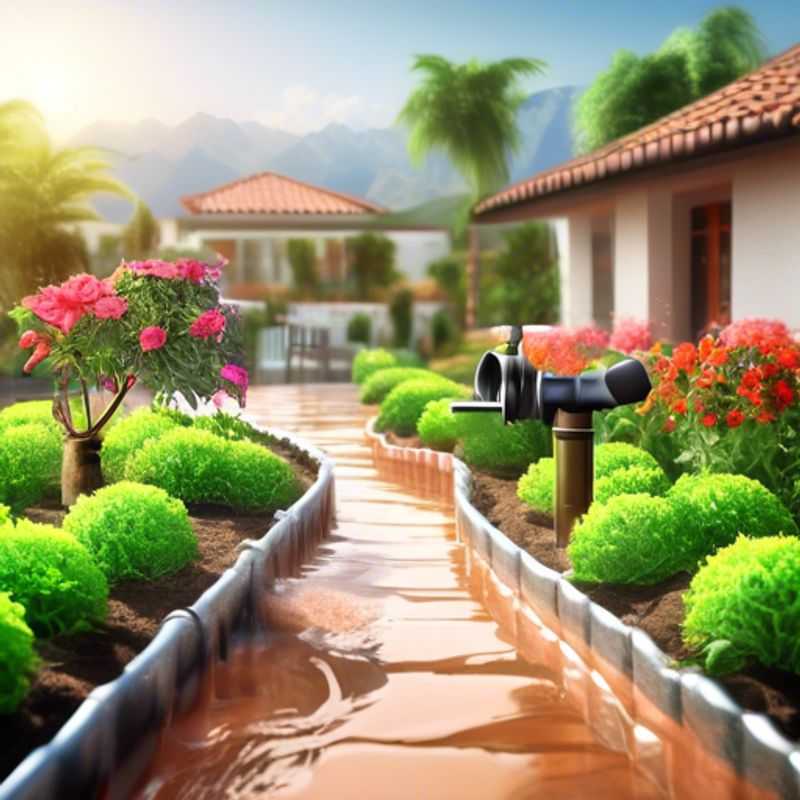
Building a Drip Irrigation System That Lasts: Choosing Quality Components
Choosing the right drip irrigation components is crucial for a long-lasting, efficient, and effective system. Here’s a quick guide to help you make informed decisions:
Research: Start by understanding your specific needs. What are you watering? How much water do you need? What are the soil conditions? What is your budget?
Material: Opt for durable materials like high-density polyethylene (HDPE) for pipes and fittings. They are resistant to UV damage and can withstand pressure fluctuations.
Emitter Types: Consider different emitter types like in-line, point source, or adjustable emitters. In-line emitters are great for long runs, point source for individual plants, and adjustable for fine-tuning water delivery.
Flow Rates: Carefully choose emitter flow rates based on the water requirements of your plants and the system's pressure.
Filters: Install filters to prevent clogging and extend the life of your system. Consider screen filters for general debris and disc filters for finer particles.
Accessories: Don't forget essential accessories like pressure regulators, backflow preventers, manifolds, and drip tape connectors.
Tips for Selection:
- Read Reviews: Look for customer reviews and ratings for specific components to understand their durability and performance.
- Warranty: Choose components with a reasonable warranty to ensure protection against manufacturing defects.
- Local Suppliers: Consider buying from local suppliers for easier access to parts and technical assistance.
Remember, investing in quality components upfront will save you time, effort, and money in the long run. Your plants will thank you!
